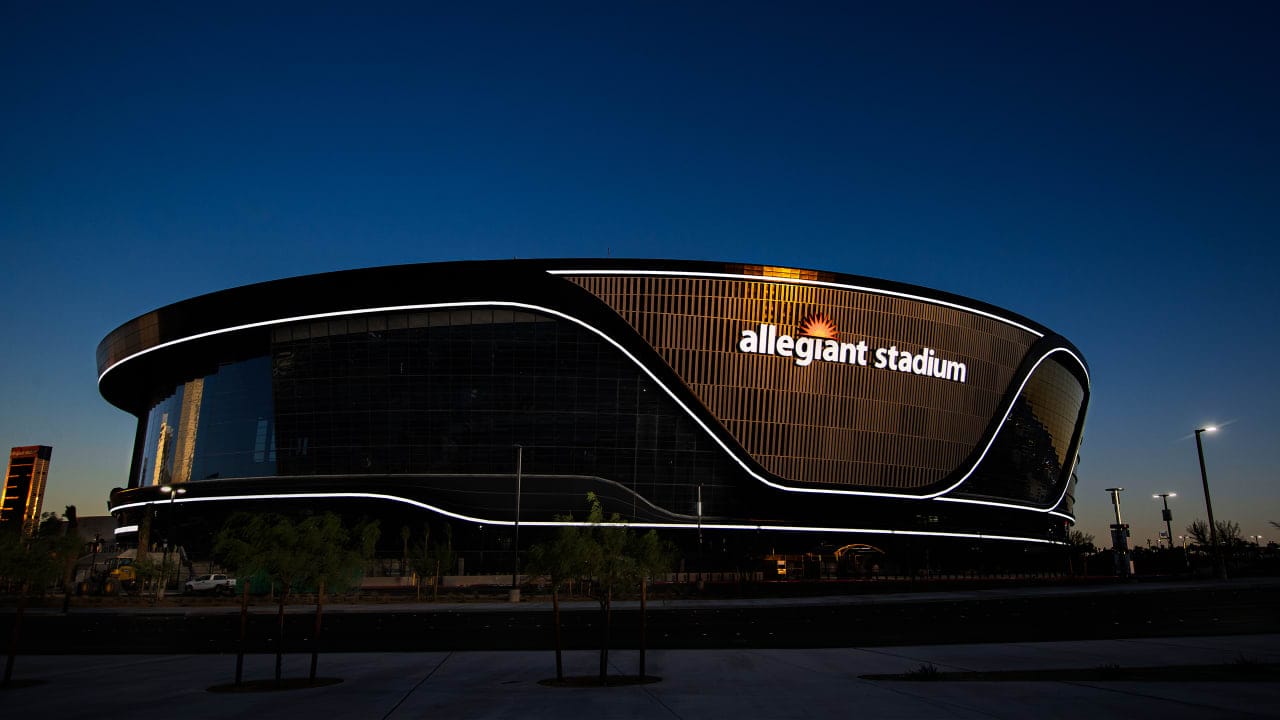The NFL thinks climate change is… Maddening…
Just around 2 weeks back, we saw Allegiant Stadium host the Chiefs and 49ers for Superbowl 58 in their 1.8 million square foot, climate controlled stadium for around 65,000 fans. The day's activities required a massive amount of power, around 28 megawatts reported by NZero, a carbon accounting firm hired by the Raiders to keep track of all of the stadium's emissions. To put that into perspective, that's enough to power the average home for over 2 and a half years. However, thanks to some forward thinking by the NFL and Allegiant Stadium, this year's Super Bowl was the greenest yet- having been run almost entirely on renewable energy.
A Green-Fielded Future
Over the past few years, the NFL has initiated numerous waste-reduction programs and pushed for stadiums to incorporate renewable energy in some way or the other. The Raiders, pursued this guidance as they secured a 25 -year contract to buy electricity from a 621,000- panel solar farm in northwest Las Vegas when moving into Allegiant stadium in 2020. The energy from the panels is supplemented by other renewable sources such as hydro, wind, and geothermal within the utility's grid. And for the superbowl they arranged to have sufficient battery capacity on-site to keep the fans, and action going even when the sun wasn't out at night.
But clean energy generation doesn't paint the full picture. Most new stadiums, like the Raiders' nearly $2 billion home, are seeking LEED certification as well - a framework for healthier, highly efficient, and cost effective buildings and facilities that are better for the environment. This means taking measures such as sourcing and disposing of food more sustainably, establishing recycling infrastructure, and using energy and water-efficient technologies and appliances to reduce the amount of resources needed to power the facility. Now if only we could tackle emissions of the 1,000 private jets that flew in for the Super Bowl…
What does this mean and how will it affect us?
Allegiant stadium and this year's Super Bowl show us that there are a number of different angles we can tackle sustainability, and how it's not only about how much renewable energy we produce, but also how we can make our homes, buildings, and facilities use much less power to begin with. Organizations as large and influential as the NFL adopting climate friendly practices should be a catalyst to even the most couch-potatoed fans to take note and begin seeing climate more often in their day to day. And although transportation still carries a bulk of the emissions for events like the Super Bowl, the NFL has drawn up a play to achieve sustainability and has influenced other sports teams and leagues to do the same.








